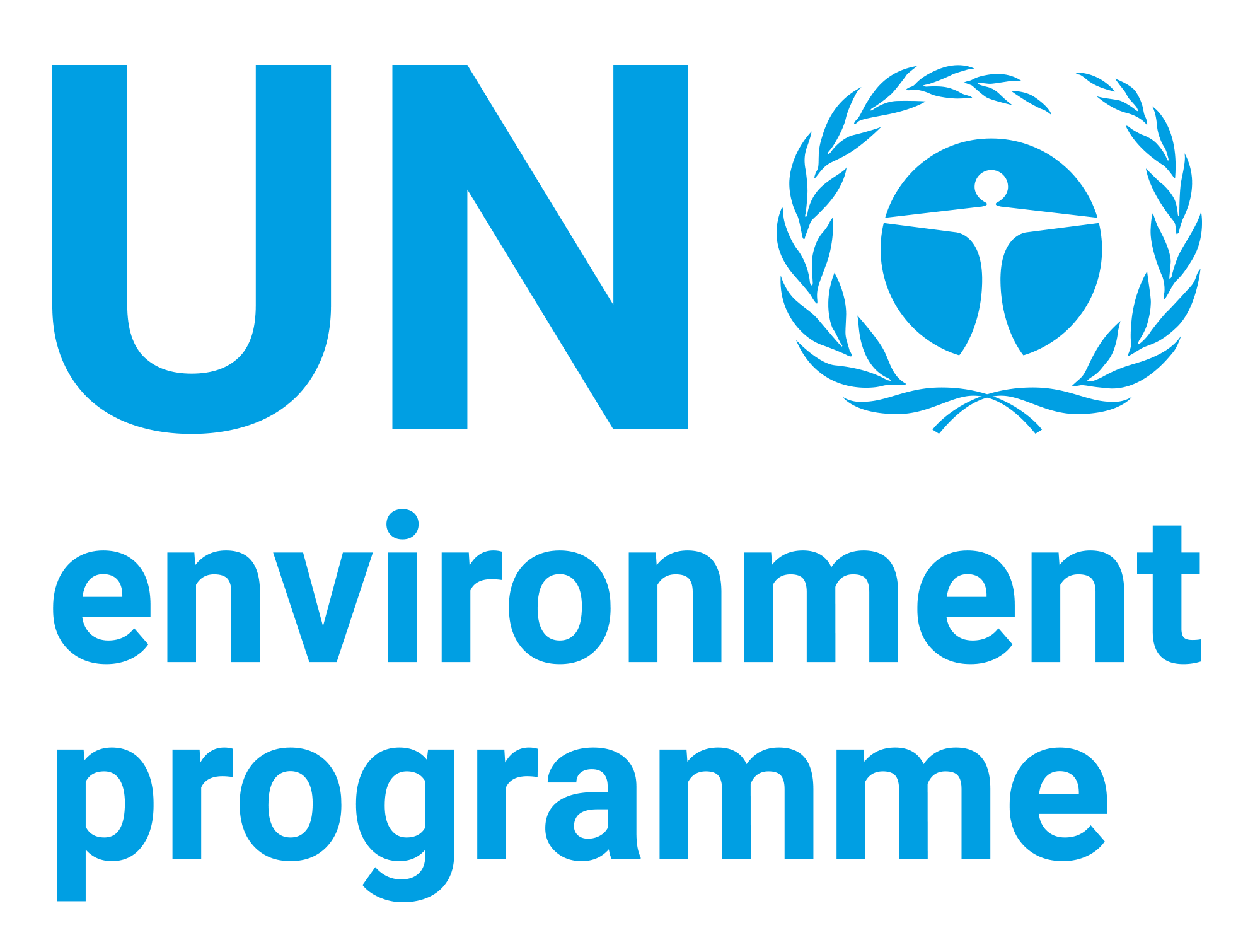Diaminotoluenes - Environmental Health Criteria 74
| dc.contributor | Economy Division | en_US |
| dc.contributor.author | United Nations Environment Programme | en_US |
| dc.contributor.author | World Health Organization | en_US |
| dc.contributor.author | International Labour Organisation | en_US |
| dc.coverage.spatial | Global | en_US |
| dc.date.accessioned | 2019-08-14T07:44:47Z | |
| dc.date.available | 2019-08-14T07:44:47Z | |
| dc.date.issued | 1987 | |
| dc.identifier.isbn | 92 4 154274 8 | en_US |
| dc.identifier.uri | https://wedocs.unep.org/20.500.11822/29372 | |
| dc.description | Diaminotoluenes are synthetic aromatic aimines (total of 6 isomers). The isolated, purified isomers are colourless crystals, while the commercial isomeric mixtures are light yellow to tan (Meta-diaminotoluene), or light grey to purple (Ortho-diaminotoluene) solids. Diaminotoluenes are soluble in hot water, alcohol, ether, and hot benzene. When heated, they emit toxic fumes of nitrogen oxides. | en_US |
| dc.format | Text | en_US |
| dc.language | English | en_US |
| dc.rights | Public | en_US |
| dc.subject | environmental health | en_US |
| dc.subject | carcinogen | en_US |
| dc.subject | chemical | en_US |
| dc.title | Diaminotoluenes - Environmental Health Criteria 74 | en_US |


